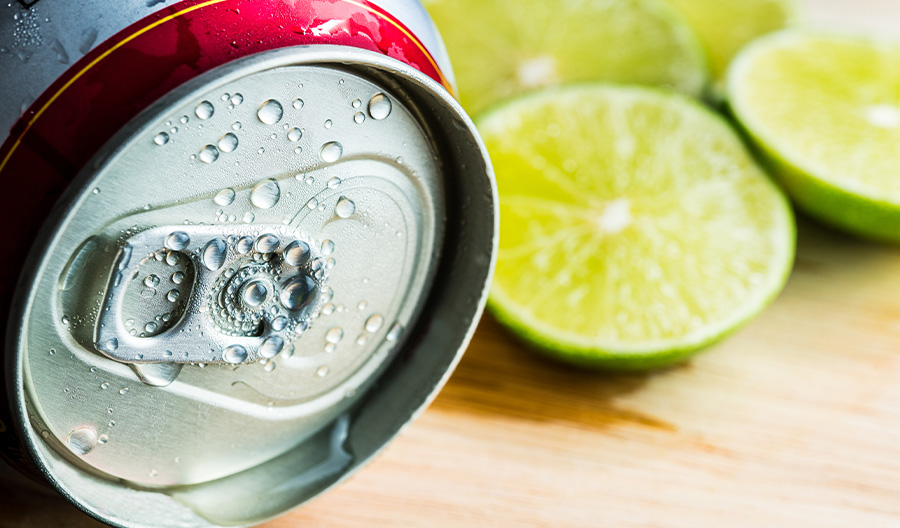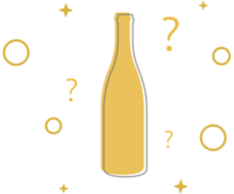Just a glance in the cooled drink sections at supermarkets, stadium concession stands, train stations, airports and liquor stores reveals… a whole lot of cans.
It can get confusing telling one from another, because the lines between various canned beverages continue to blur. For instance, hard seltzer juggernauts now have their own vodka lines—and canned vodka ready-to-drink (RTD) cans. Legacy vodka makers are also rolling out vodka-free “spiked seltzers.”
To further confuse matters, last July, a major American wine producer released what they billed as the first-ever “wine soda,” also in a can.
In an already-crowded field full of hard sodas, spiked seltzers and RTD wine spritzers, where do all these products fit in?
What All Canned Carbonated Drinks Have in Common
What unites all of these cans is carbonated water. Beyond that, it’s a matter of identifying the base alcohol (wine, spirits or a malt beverage base, which is brewed like beer) and flavorings, such as sugar or other sweeteners, juices, botanicals or bitters. Sometimes additional alcohol, like liqueurs, may be a flavoring, too.


Follow the Cans, Follow the Money
Most RTDs are beer/malt-based, despite recent studies that show most consumers prefer RTDs made with spirits (especially vodka), and declining sales of hard seltzer. According to statistics reported by the Distilled Spirits Council of the U.S., 86% of RTDs are malt-based, compared to 13% made with spirits and 1% with wine.
Why don’t more wine-based RTDs exist? Again, tax rates. After being introduced in the 1980s, the wine cooler phenom was “kneecapped" in 1992 when Congress passed a law quintupling the excise tax on wine-based beverages in favor of malt-based ones, ostensibly a successful effort on behalf of the beer lobby.Today, that excise tax still stands, so hard seltzers will always be cheaper than anything wine-based.
That’s not likely to change, as long as tax rates remain favorable, resulting in lower prices for those cans. The tax implications are enormous if you sell liquor versus malt beverage, it’s night and day.
The Can Decoder
Need a cheat sheet? Here’s a guide to what’s really in that can.
Wine + Carbonated Water + Flavorings = Wine Cooler
Based on this non-official definition, wine soda is a wine cooler. However, flavored sparkling wine (if no carbonated water is added) is not. “Wine soda” is “an interesting new marketing term, but not a separate category. As for those flavorings? They’re often fruit juice and sugar.
Wine + Carbonated Water + Bittersweet Liqueur = Spritz
The Aperol spritz is the among the best-known variations, though there are plenty more spritzes out there. It’s become a popular canned category—even legacy brands is getting into the canned spritz game.
Distilled Spirit (or Fortified Wine) + Carbonated Water = Highball
We’re being overly simplistic: a highball is usually a spirit plus any sparkling liquid. That can be as simple as a vodka soda or gin and tonic. Or that effervescence could be from a soft drink or a fizzy cider. Canned versions abound these days.
Malt Beverage + Carbonated Water + Flavorings = Hard Seltzer
Hard seltzer is a flavored malt beverage. The base may be brewed-malt (“clear malt”) or brewed-sugar; both are considered beer, the most common malt beverage.
However—just to confuse all of us—some anomalies exist. Some are made with vodka brewed to about 20% alcohol-by-volume (ABV), half the usual strength of vodka, and diluted with carbonated water to around 5% ABV. By our analysis, that’s technically a really, really weak highball.
Malt Beverage + Carbonated Water + Flavorings = Spiked Seltzer
If that formula looks familiar, you’re not imagining it: spiked seltzer is just another term for hard seltzer. It’s just a marketing term.
Malt Beverage + Carbonated Water + Flavorings = Hard Soda
A subcategory of hard seltzer, these tend to be a bit sweeter, like their non-alcoholic soda pop counterparts.

